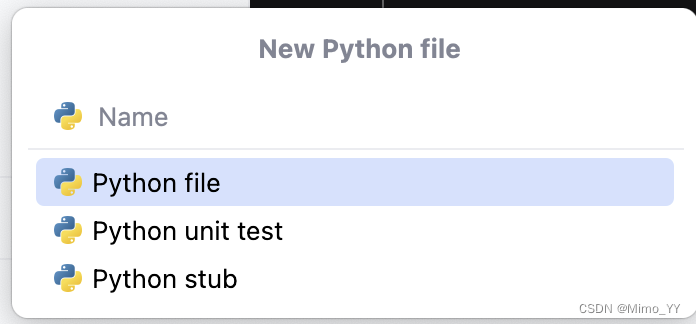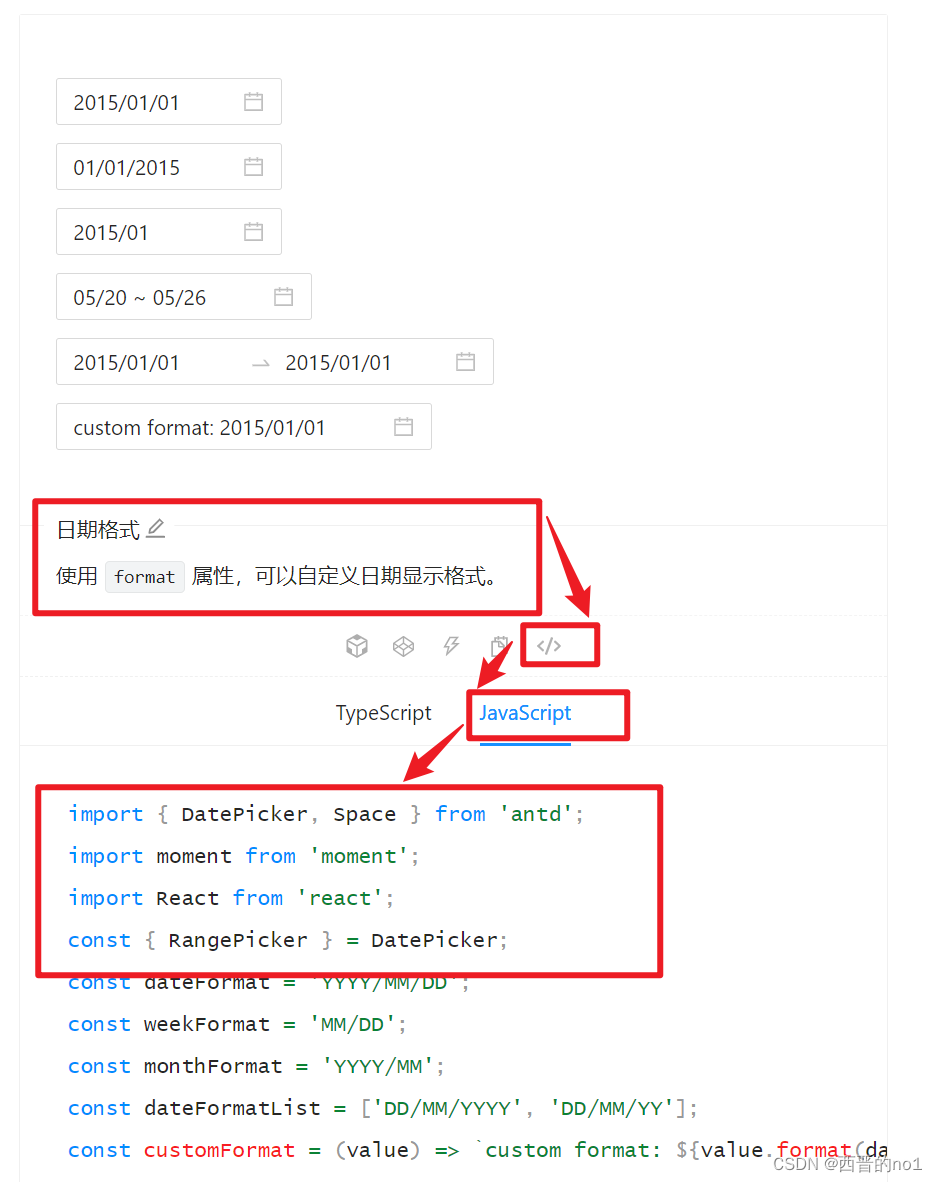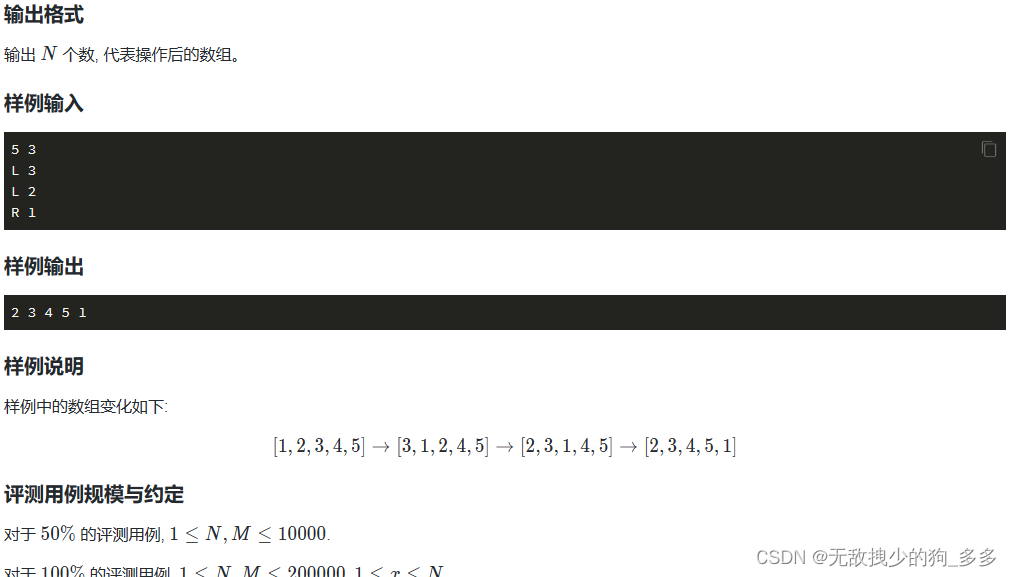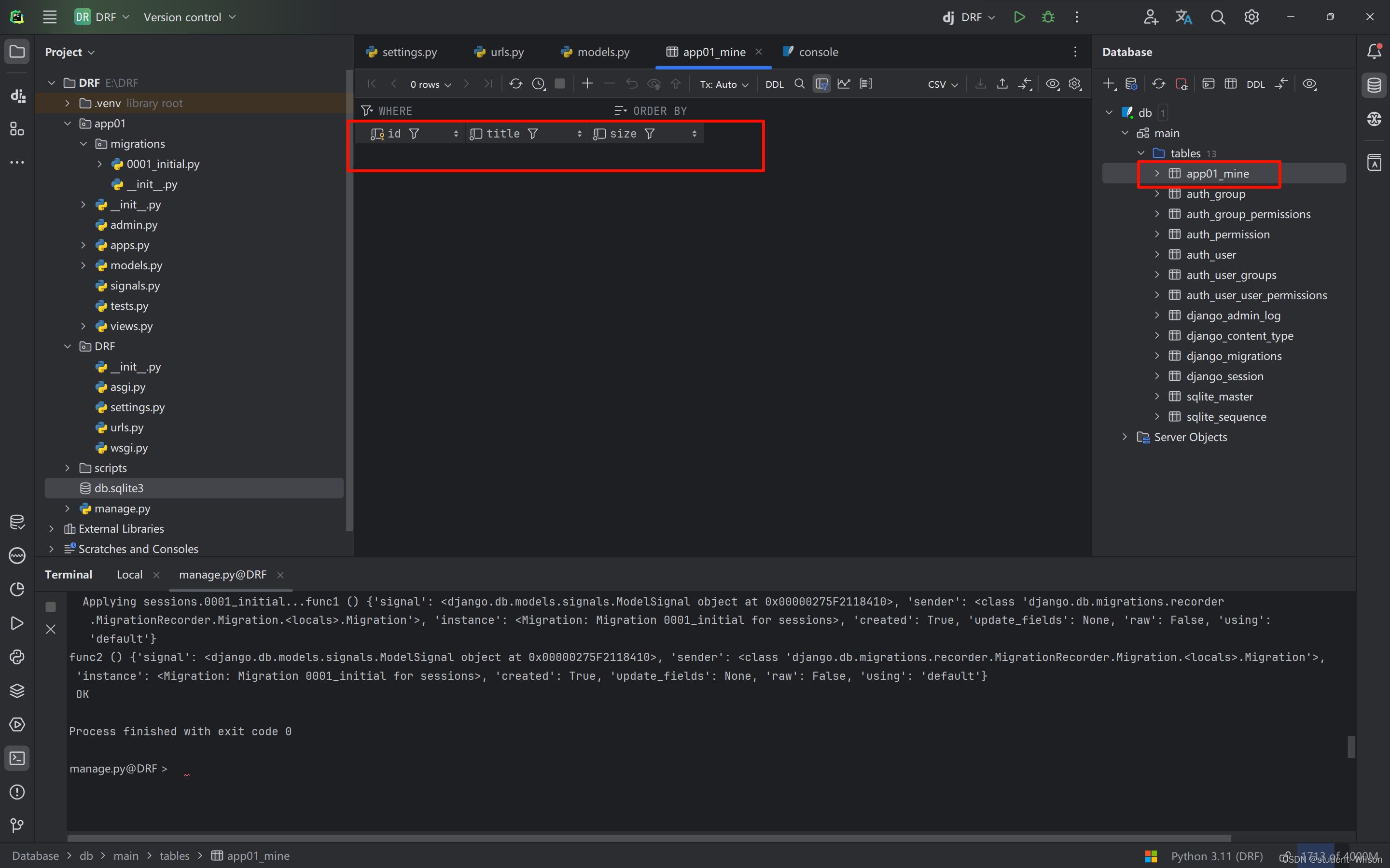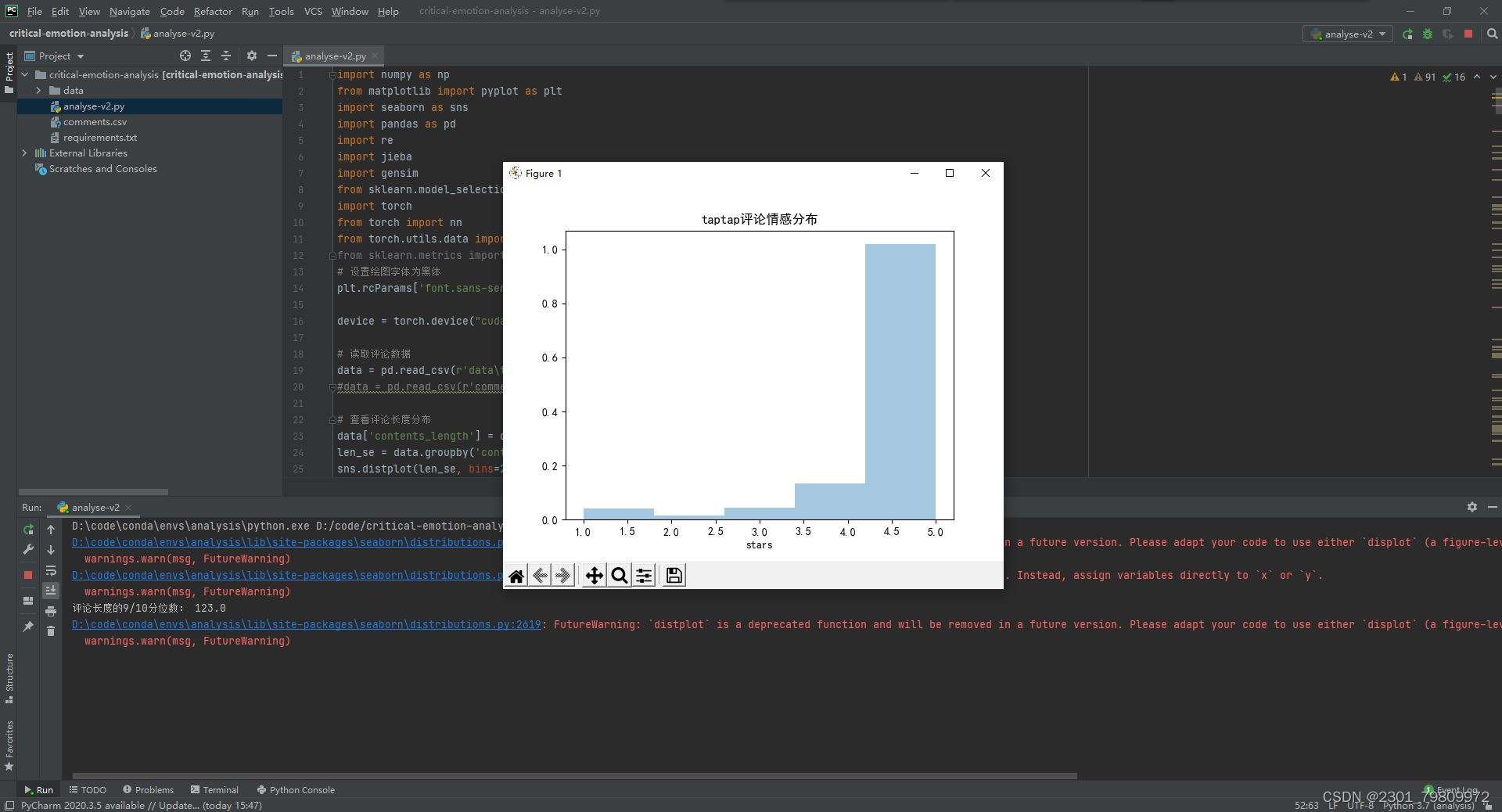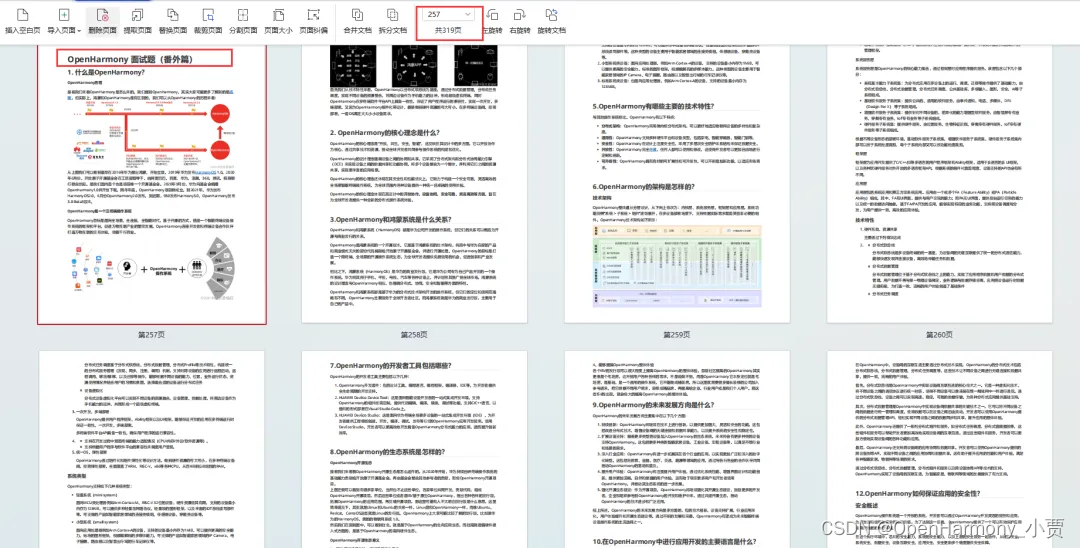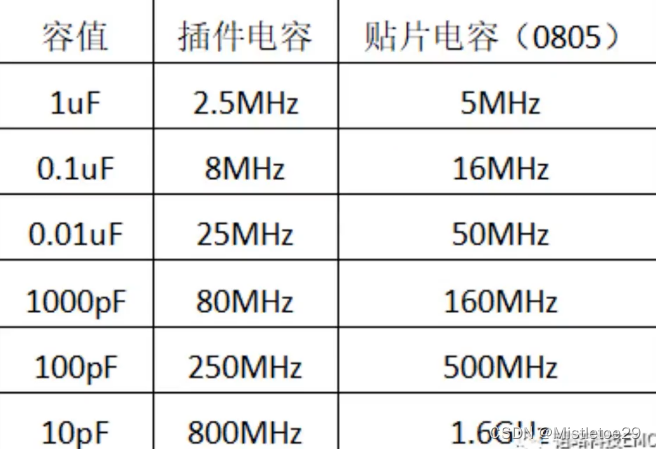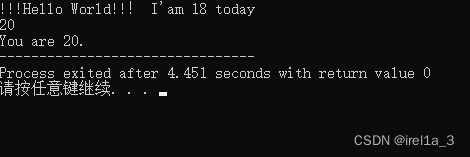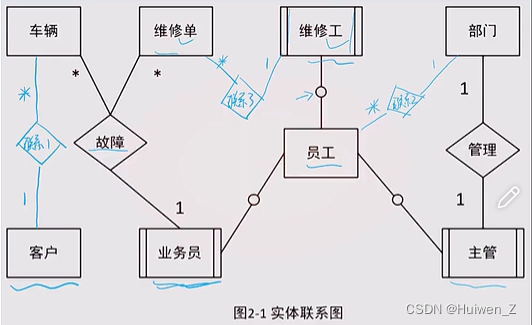目录
前言:
一、堆的结构
二、向上调整和向下调整
2.1 向上调整
2.2 向下调整
2.3 向上调整和向下调整时间复杂度比较
三、堆的实现
3.1 堆的初始化
3.2 堆的销毁
3.3 堆的插入
3.4堆的删除
3.5 取堆顶元素
3.6 对堆判空
四、堆排序
五、TOP-K 问题
六、代码总览
heap.h
heap.c
test.c(推排序和TOP-K问题)
最后
前言:
之前我们已经学习过了二叉树的基本知识,接下来我们就要上些“硬菜”了,话不多说,开始我们今天的学习吧!
一、堆的结构
前文我们已经交待了什么为堆?以及堆的分类。我们既然已经对上文的基础知识已经明白,那么我们现在就来探讨以下如何实现一个堆。
我们想,数据在内存中的存放是不是连续的,不以人的意志为改变,对吧。堆,是一个完全二叉树,在内存的存放不存在中间为空的情况。所以,咱们可以以数组的方式来存储堆。以下,是堆的结构:
struct Heap
{
HPDataType* a;
int size;
int capacity;
};看起来和我们之前的顺序表结构有些类似。虽然,我们知道了其结构,但是我们不知道如何存储呀!要是随便存储,那和普通数组,普通二叉树有何区别。为了能够实现堆,我们将采取以下的方法。
二、向上调整和向下调整
2.1 向上调整
什么是向上调整呢?对于一个二叉树,我们知道了孩子节点,我们是不是可以反推出父节点。经行比较,小的成为父亲(建小堆),大的成为孩子,这样进行一一比较,小堆是不是就建好了。
向上调整就是:谁小谁当爹,谁大谁儿子,就这么简单。代码实现如下:
void AdjustUp(HPDataType* a, int child)
{
int parent = (child - 1) / 2;
while (child > 0)
{
if (a[parent] > a[child])
{
sweap(&a[parent], &a[child]);//注意:这里一定要传地址,&不要忘记
child = parent;
parent = (child - 1) / 2;
}
else
{
break;
}
}
}相信大家的sweap函数都能够独立实现,这里就不在展示,要是无法实现可参考文末处代码。
2.2 向下调整
向下调整是基于一个建好的堆来经行实现的,为啥?向上调整从子节点调,那向下调整是不是应该从父节点开始调。要是这个堆一会是大堆,一会是小堆,那还能调吗?肯定是不行了呀。所以:向下调整健堆的前提是:左右子树必须是一个堆,才能调整。
其实现思路和向上调整类似,这里直接来看代码:
void AdjustDown(HPDataType* a, int n, int parent)
{
int child = parent * 2 + 1;
while (child < n)
{
if (a[child] > a[child+1])//此步的目的是找到最小的
{
child++;
}
if (a[parent] > a[child])
{
sweap(&a[parent], &a[child]);
parent = child;
child = parent * 2 + 1;
}
else
{
break;
}
}
}有了向上调整,对于向下调整大家应该可以理解。
2.3 向上调整和向下调整时间复杂度比较
我们说了这么多肯定要考虑其效率问题,我们对于时间复杂度的关注度是一如既往的深。大家会有这样的感觉:这两个时间复杂度应该一样吧,都是O(N*logN)。大家先别急,我给大家推一遍就明白了: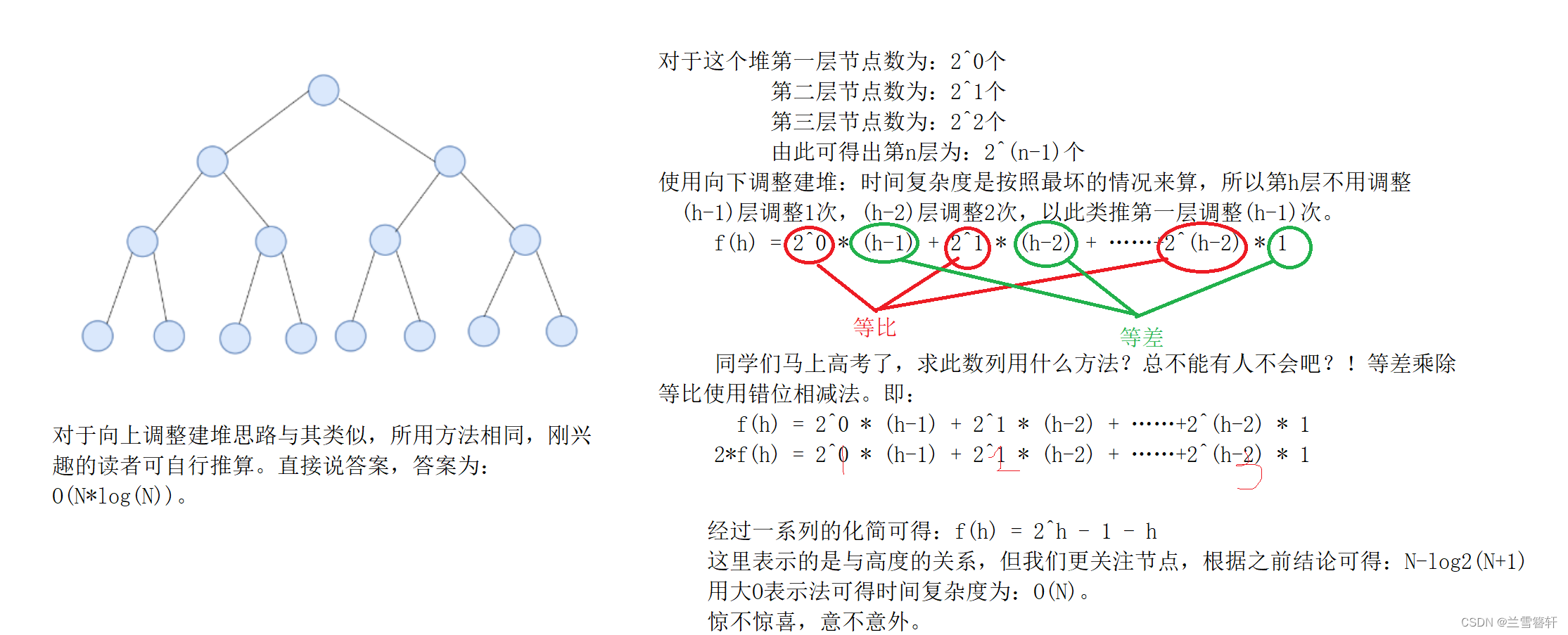
它们的时间复杂度为什么会有差别呢?很简单,向下调整建堆是用小成大,大乘小。向上调整建堆是用小乘小,大乘大。所以会有这样的差距。从效率上看 ,向下调整建堆的效率大于向上调整建堆。在后文推排序中所用的方法为:向下调整。
三、堆的实现
既然我们的方法都已具备,那我们现在就拿下堆吧!
3.1 堆的初始化
void HeapInit(Heap* php)
{
assert(php);
php->a = NULL;
php->capacity = php->size = 0;
}3.2 堆的销毁
void HeapDestory(Heap* hp)
{
assert(hp);
free(hp->a);
hp->a = NULL;
hp->capacity = hp->size = 0;
}3.3 堆的插入
void sweap(int* p1, int* p2)
{
int tmp = *p1;
*p1 = *p2;
*p2 = tmp;
}
void AdjustUp(HPDataType* a, int child)
{
int parent = (child - 1) / 2;
while (child > 0)
{
if (a[parent] > a[child])
{
sweap(&a[parent], &a[child]);//注意:这里一定要传地址,&不要忘记
child = parent;
parent = (child - 1) / 2;
}
else
{
break;
}
}
}
void HeapPush(Heap* hp, HPDataType x)
{
assert(hp);
if (hp->capacity == hp->size)
{
int newcapacity = hp->capacity == 0 ? 4 : hp->capacity * 2;
HPDataType* newnode = (HPDataType*)realloc(hp->a,newcapacity * sizeof(HPDataType));
if (hp->a == NULL)
{
perror("realloc fail");
return;
}
hp->a = newnode;
hp->capacity = newcapacity;
}
hp->a[hp->size] = x;
hp->size++;
//也可写成:hp->a[hp->size++] = x;
AdjustUp(hp->a, hp->size - 1);//向上调整
}3.4堆的删除
void AdjustDown(HPDataType* a, int n, int parent)
{
int child = parent * 2 + 1;
while (child < n)
{
if (a[child] > a[child+1])//此步的目的是找到最小的
{
child++;
}
if (a[parent] > a[child])
{
sweap(&a[parent], &a[child]);
parent = child;
child = parent * 2 + 1;
}
else
{
break;
}
}
}
void HeapPop(Heap* hp)
{
assert(hp);
assert(hp->size > 0);
sweap(&hp->a[0], &hp->a[hp->size - 1]);//删除顶元素
hp->size--;
AdjustDown(hp->a, hp->size, 0);//向下调整
}堆的删除不是删除最后一个元素,而是删除首元素!!!
3.5 取堆顶元素
HPDataType HeapTop(Heap* hp)
{
assert(hp);
assert(hp->size > 0);
return hp->a[0];
}3.6 对堆判空
bool HeapEmpty(Heap* hp)
{
assert(hp);
return hp->size == 0;
}好了,以上便是对堆的全部实现,大家稍微休息片刻,接下来咱们进入堆排序。
四、堆排序
接下来,咱们来搞堆排序。对于堆排序,大家有没有什么想法:升序是建大堆还是小堆,降序是建小堆还是大堆。对于这个问题,有人肯定会有这样的想法:降序,那不是非大堆莫属,升序,那不是非小堆莫属。非也。
那么,有什么方法呢?答案为:降序:小堆;升序:大堆。
就以降序为例:排降序咱们首先先把根(也就是祖先)扔到最后,之后不在理会它,推选出下一个祖先,重复即可。
以上,便为实现思路。
这只是一个大致方向,我们拿这个大致方向去实现肯定会困难重重。那我们面临最大的困难是什么呢? 答案为:向下调整的使用条件。向下调整使用的前提是什么?左右子树必须是一个堆,才能调整。这个问题说起来不容易,实际做起来也不容易。那么,我们该如何完成呢?如下:
1.我们想找到最后一个节点的父节点。
2.将这个小堆进行向下调整。
3.然后,对其它节点也使用其类似方法。
这个方法是不是特别巧妙,以“农村包围城市”的思想,悄无声息就完成了这件大事。 妙哉!
接下来便是推排序代码实现:
void HeapSort(int* a, int n)
{
for (int i = (n - 1 - 1) / 2; i >= 0; i--)
{
AdjustDown(a, n, i);//见小堆
}
int end = n - 1;
while (end)
{
sweap(&a[0], &a[end]);
AdjustDown(a, end, 0);//经行排序
end--;
}
}
五、TOP-K 问题
什么为TOP-K问题呢?以下为大家构建一个场景:
你在大学里苦学两年,计划在大二的暑假的暑假找一份实习。和你预期一样,一家公司向你发起了面试,对于前面的计算机知识你对答入流,当你以为你能够“黄袍加身”之时,面试官问出了最后一题,我给你一个文件,里面有十万个数据,给我选出最大的十个出来。你当时在心里想:就这。你立马动态开辟了这么大的空间,运用堆排序,立马拿到了结果。面试官喝了口茶,说了句:“太大了。”你以为说的是茶太烫了,想着要不要做点什么的时候,然后面试官缓缓地说:“如果我给你1MB的空间,能不能搞出来,1KB的空间,行不行?”你不由得在心中想:你就是想为难我,当没想到,我重生了(一键三连即可听故事),这个问题早已被我攻克,我可是要站在顶尖的人。于是,你大笔一挥写出的代码震惊到面试官,于是如愿成为实习生。
本问题已经明确,在很大的数据面前,用极小的内存得到想要的结果。
具体实现思路如下:在十万数据中得到最大的十个数。我们可先取出十个数,建小堆,和其他数字比,如果有数字比顶元素大,便替换掉顶元素,进入堆,在向下调整,直到对比完。
代码实现如下:
void CreateNDate()
{
// 造数据
int n = 10000;
srand(time(0));
const char* file = "data.txt";
FILE* fin = fopen(file, "w");
if (fin == NULL)
{
perror("fopen error");
return;
}
for (size_t i = 0; i < n; ++i)
{
int x = rand() % 1000000;
fprintf(fin, "%d\n", x);
}
fclose(fin);
}
void PrintTopK(int k)
{
int k;
printf("请输入k>:");
scanf("%d", &k);
int* kminheap = (int*)malloc(sizeof(int) * k);
if (kminheap == NULL)
{
perror("malloc fail");
return;
}
const char* file = "data.txt";
FILE* fout = fopen(file, "r");
if (fout == NULL)
{
perror("fopen error");
return;
}
// 读取文件中前k个数
for (int i = 0; i < k; i++)
{
fscanf(fout, "%d", &kminheap[i]);
}
// 建K个数的小堆
for (int i = (k - 1 - 1) / 2; i >= 0; i--)
{
AdjustDown(kminheap, k, i);
}
// 读取剩下的N-K个数
int x = 0;
while (fscanf(fout, "%d", &x) > 0)
{
if (x > kminheap[0])
{
kminheap[0] = x;
AdjustDown(kminheap, k, 0);
}
}
printf("最大前%d个数:", k);
for (int i = 0; i < k; i++)
{
printf("%d ", kminheap[i]);
}
printf("\n");
}六、代码总览
heap.h
#pragma once
#include<stdio.h>
#include<stdlib.h>
#include<stdbool.h>
#include<assert.h>
typedef int HPDataType;
typedef struct Heap
{
HPDataType* a;
int size;
int capacity;
}Heap;
void HeapInit(Heap* php);
// 堆的销毁
void HeapDestory(Heap* hp);
// 堆的插入
void HeapPush(Heap* hp, HPDataType x);
// 堆的删除
void HeapPop(Heap* hp);
// 取堆顶的数据
HPDataType HeapTop(Heap* hp);
// 堆的数据个数
int HeapSize(Heap* hp);
// 堆的判空
bool HeapEmpty(Heap* hp);
//向下调整建堆
void AdjustDown(HPDataType* a, int n, int parent);
void sweap(int* p1, int* p2);heap.c
#include"heap.h"
void HeapInit(Heap* php)
{
assert(php);
php->a = NULL;
php->capacity = php->size = 0;
}
// 堆的销毁
void HeapDestory(Heap* hp)
{
assert(hp);
free(hp->a);
hp->a = NULL;
hp->capacity = hp->size = 0;
}
// 堆的插入
void sweap(int* p1, int* p2)
{
int tmp = *p1;
*p1 = *p2;
*p2 = tmp;
}
void AdjustUp(HPDataType* a, int child)
{
int parent = (child - 1) / 2;
while (child > 0)
{
if (a[parent] > a[child])
{
sweap(&a[parent], &a[child]);//注意:这里一定要传地址,&不要忘记
child = parent;
parent = (child - 1) / 2;
}
else
{
break;
}
}
}
void HeapPush(Heap* hp, HPDataType x)
{
assert(hp);
if (hp->capacity == hp->size)
{
int newcapacity = hp->capacity == 0 ? 4 : hp->capacity * 2;
HPDataType* newnode = (HPDataType*)realloc(hp->a,newcapacity * sizeof(HPDataType));
if (hp->a == NULL)
{
perror("realloc fail");
return;
}
hp->a = newnode;
hp->capacity = newcapacity;
}
hp->a[hp->size] = x;
hp->size++;
//也可写成:hp->a[hp->size++] = x;
AdjustUp(hp->a, hp->size - 1);//向上调整
}
// 堆的删除
void AdjustDown(HPDataType* a, int n, int parent)
{
int child = parent * 2 + 1;
while (child < n)
{
if (a[child] > a[child+1])//此步的目的是找到最小的
{
child++;
}
if (a[parent] > a[child])
{
sweap(&a[parent], &a[child]);
parent = child;
child = parent * 2 + 1;
}
else
{
break;
}
}
}
void HeapPop(Heap* hp)
{
assert(hp);
assert(hp->size > 0);
sweap(&hp->a[0], &hp->a[hp->size - 1]);//删除顶元素
hp->size--;
AdjustDown(hp->a, hp->size, 0);//向下调整
}
// 取堆顶的数据
HPDataType HeapTop(Heap* hp)
{
assert(hp);
assert(hp->size > 0);
return hp->a[0];
}
// 堆的数据个数
int HeapSize(Heap* hp)
{
assert(hp);
return hp->size;
}
// 堆的判空
bool HeapEmpty(Heap* hp)
{
assert(hp);
return hp->size == 0;
}
test.c(推排序和TOP-K问题)
#include"heap.h"
void HeapSort(int* a, int n)
{
for (int i = (n - 1 - 1) / 2; i >= 0; i--)
{
AdjustDown(a, n, i);
}
int end = n - 1;
while (end)
{
sweap(&a[0], &a[end]);
AdjustDown(a, end, 0);
end--;
}
}
void CreateNDate()
{
// 造数据
int n = 10000;
srand(time(0));
const char* file = "data.txt";
FILE* fin = fopen(file, "w");
if (fin == NULL)
{
perror("fopen error");
return;
}
for (size_t i = 0; i < n; ++i)
{
int x = rand() % 1000000;
fprintf(fin, "%d\n", x);
}
fclose(fin);
}
void PrintTopK(int k)
{
int k;
printf("请输入k>:");
scanf("%d", &k);
int* kminheap = (int*)malloc(sizeof(int) * k);
if (kminheap == NULL)
{
perror("malloc fail");
return;
}
const char* file = "data.txt";
FILE* fout = fopen(file, "r");
if (fout == NULL)
{
perror("fopen error");
return;
}
// 读取文件中前k个数
for (int i = 0; i < k; i++)
{
fscanf(fout, "%d", &kminheap[i]);
}
// 建K个数的小堆
for (int i = (k - 1 - 1) / 2; i >= 0; i--)
{
AdjustDown(kminheap, k, i);
}
// 读取剩下的N-K个数
int x = 0;
while (fscanf(fout, "%d", &x) > 0)
{
if (x > kminheap[0])
{
kminheap[0] = x;
AdjustDown(kminheap, k, 0);
}
}
printf("最大前%d个数:", k);
for (int i = 0; i < k; i++)
{
printf("%d ", kminheap[i]);
}
printf("\n");
}最后
今天的学习到这里就结束了,我们明天将开始二叉树的学习。到时候再会!
完!

